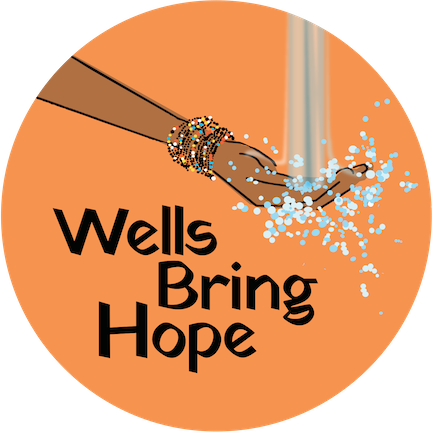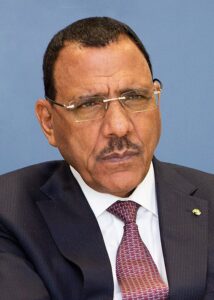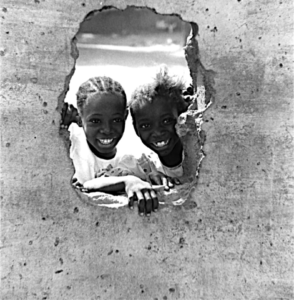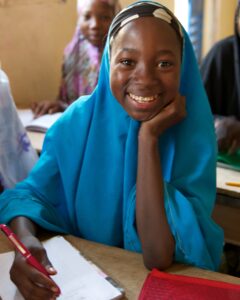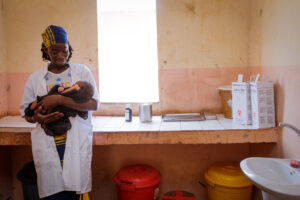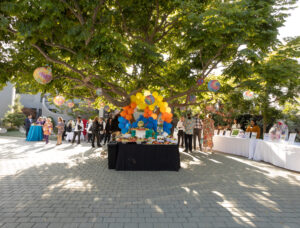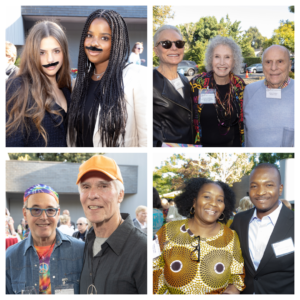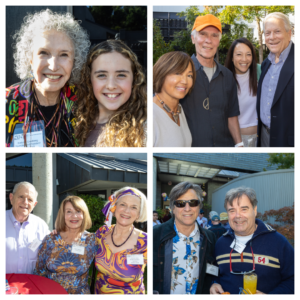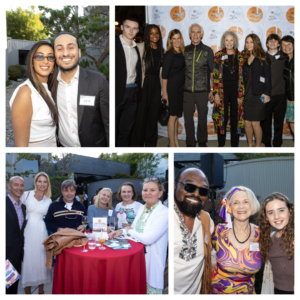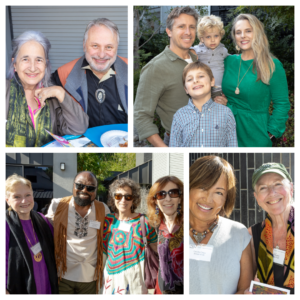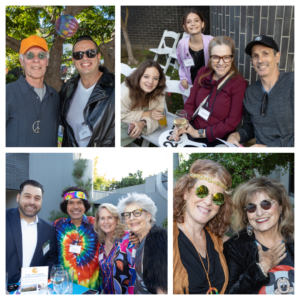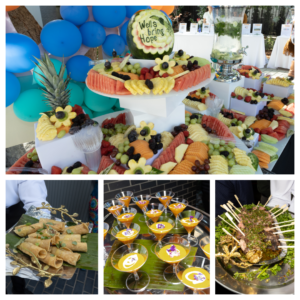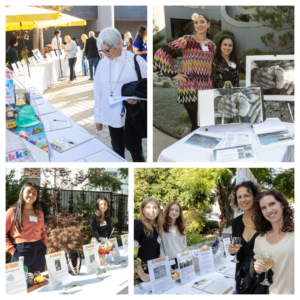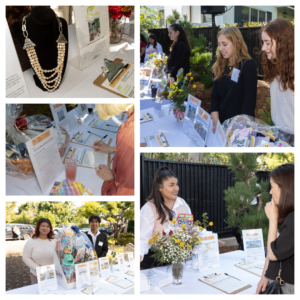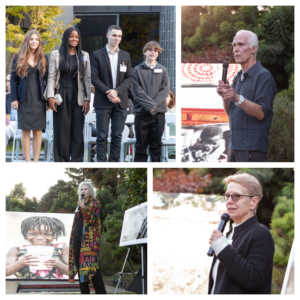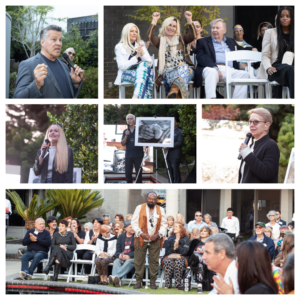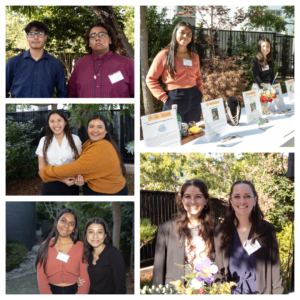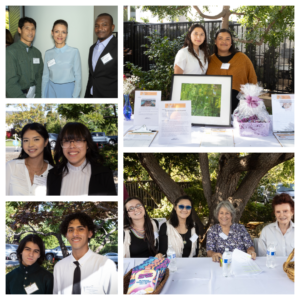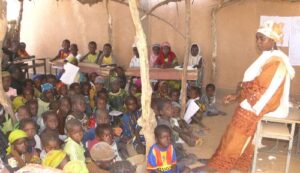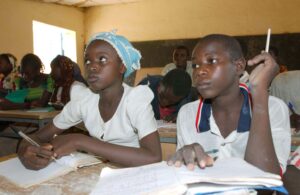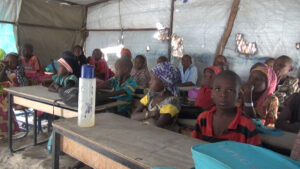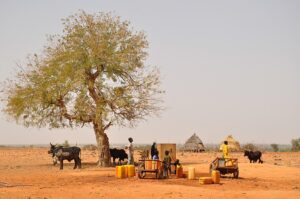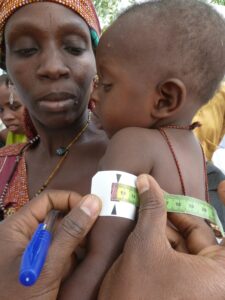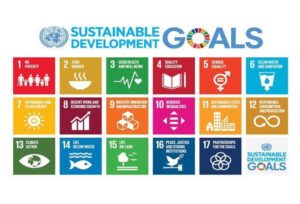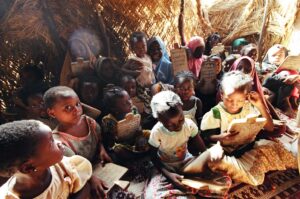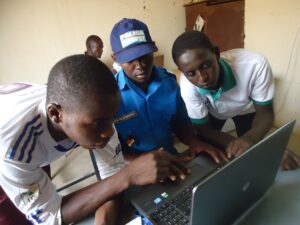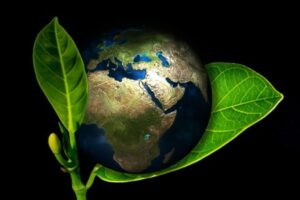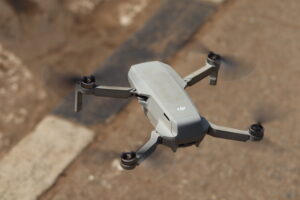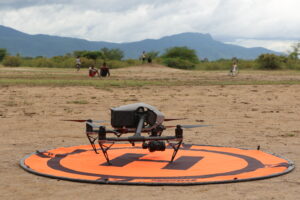By Tawanda Mukwekwezeke
Growing up in the rural area of Marange, over 300 km from the bustling capital city of Harare, I have witnessed the challenges faced by my community. Marange is renowned for its abundant diamond reserves, but beyond the allure of these precious gems, there are pressing issues affecting the population of Zimbabwe. As an aspiring nutrition and dietetics student at the University of Zimbabwe with a passion for public health nutrition, I am determined to address critical problems such as malnutrition and water scarcity. Through my writing, volunteer work, and by leveraging my degree and writing experience, I aim to amplify the voices of the marginalized and make a tangible impact on my country and Africa as a whole. In my pursuit of creating positive change, I have joined hands with Wells Bring Hope, an organization dedicated to providing clean water in Niger.
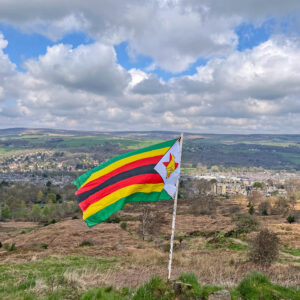
The Sunshine City’s Water Crisis
Having studied and lived in Harare, the capital city of Zimbabwe, I have become intimately familiar with its water crisis. Harare, affectionately known as the Sunshine City due to its perpetual glow throughout the day, is grappling with a severe water scarcity issue that lies hidden behind its sunny facade. The irregular water supply, characterized by mere trickles flowing through taps on a scheduled basis, exacerbates the situation and poses a significant threat to the health and well-being of the general population.
Recently, the country has been hit by a cholera outbreak, further highlighting the depth of the water crisis. This outbreak, which is still ongoing, has resulted in numerous fatalities and underscored the dire consequences of the water shortage. The outbreak, which originated in Buhera District, one of the nation’s poorest districts, has affected both urban and rural areas. This outbreak serves as a stark reminder of how deeply entrenched the water crisis is in Zimbabwe and the urgent need for comprehensive solutions to address this critical issue.
Similarities between Niger and Zimbabwe
Zimbabwe, like Niger, shares a common appreciation for oral traditions. In both countries, storytelling, folktales, and proverbs hold significant cultural value. These oral traditions serve as a means of preserving history, passing down knowledge, and reinforcing cultural identity. Through the art of storytelling, elders in Zimbabwe impart wisdom, teach moral lessons, and entertain listeners with tales of heroes, mythical creatures, and historical events. These oral traditions create a sense of continuity and connection to the past, fostering a shared cultural heritage among different ethnic groups within the country.
The Culinary Traditions
The culinary traditions of Zimbabwe reflect the country’s cultural diversity and reliance on staple foods. A popular dish in Zimbabwe is “sadza,” a thick maize meal that serves as a staple food. It is typically served with relishes such as “nyama and Munyevhe ” (meat and vegetable stew) or “muboora” (pumpkin leaves cooked with ground peanuts). The emphasis on these staple foods reflects the agricultural practices and dietary preferences of the region and demonstrates the importance of food in Zimbabwean culture.
Why Did I Volunteer for Wells Bring Hope?
Motivated by my passion for humanitarian work and my ability to empathize with the struggles faced by marginalized populations, I decided to volunteer for Wells Bring Hope. Volunteering with Wells Bring Hope is a natural fit for me as a nutrition and dietetics student interested in public health nutrition. I firmly believe that water, sanitation, and hygiene are integral to nutrition, and by addressing the water crisis, we can improve the overall well-being of our communities. Through my involvement with Wells Bring Hope, I have the opportunity to contribute to providing clean water access and support initiatives that promote better health outcomes.
Source:
https://www.herald.co.zw/measures-to-contain-buhera-cholera-outbreak-bear-fruit/
